What to Expect on May Day
Wondering where to go and what will happen during Occupy Wall Street’s May Day protests? You’re not alone. With the knowledge that Occupy events rarely go according to plan, Natasha Lennard at Salon tries to lick the revolutionary chaos into manageable order.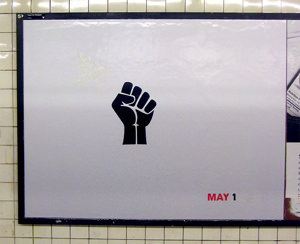
Wondering where to go and what will happen during Occupy Wall Street’s May Day protests? You’re not alone. With the knowledge that Occupy events rarely go according to plan, Natasha Lennard at Salon tries to lick the revolutionary chaos into manageable order.
With a respect for history and the U.S.’ changing social climate, Lennard warns against judging May 1’s performance by the standards of strikes that took place 70 years ago, when the labor movement was stronger than it is today. –ARK
Your support matters…Natasha Lennard at Salon:
I have written here at some length against judging this May Day by standards of traditional general strikes — not seen in the U.S. since the 1940s — or contemporary mass strikes in Europe, where unions have not been politically pummeled into weakness, as they have in this country. And although pundits are looking at May Day as a referendum on Occupy’s relevance, it’s unclear what success in this case means or would look like. Marches (both permitted and un-permitted), free meals, teach-ins, college student and high-school walkouts and roving dance parties have been scheduled in 115 cities around the country. Rage Against the Machine guitarist Tom Morello and other well known musicians will be joining a “guitarmy” — 1,000 guitarists marching (and strumming) from New York City’s midtown to Union Square. Clearly, the general strike organizers in New York are less interested in affirming the strength or relevance of a movement than they are in experimenting with new tactics. Still, there’s a feeling that somehow, and in some bold way, it’s got to be big.
… In New York, back to back (and overlapping) actions will be taking place across Manhattan and in some outer-borough areas. Numbers in the tens of thousands are expected at a permitted “solidarity march” in the afternoon from Union Square to Wall Street, jointly organized by OWS, the Alliance for Labor Rights, Immigrant Rights, Jobs for All and The May 1st Coalition. Organizers have been keen to stress that different marches and actions carry different levels of risk. Schedules demarcate rallies as permitted or unpermitted, or “green” or “red” (from a color-code for assigning risk dating back to the late ’90s anti-globalization movement) — enabling individuals with, say, precarious immigration statuses, to avoid activities that might put them at risk of deportation.
Independent journalism is under threat and overshadowed by heavily funded mainstream media.
You can help level the playing field. Become a member.
Your tax-deductible contribution keeps us digging beneath the headlines to give you thought-provoking, investigative reporting and analysis that unearths what's really happening- without compromise.
Give today to support our courageous, independent journalists.
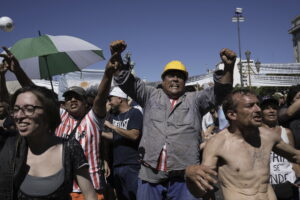
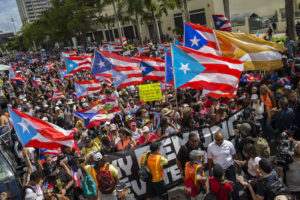
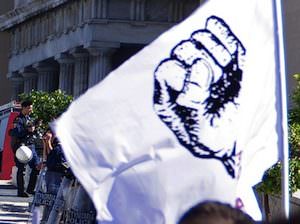

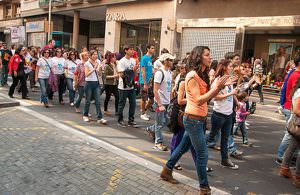

You need to be a supporter to comment.
There are currently no responses to this article.
Be the first to respond.